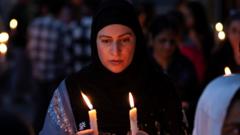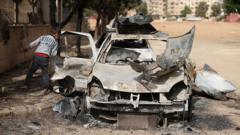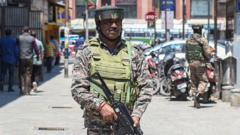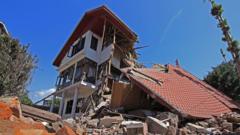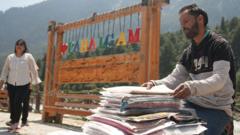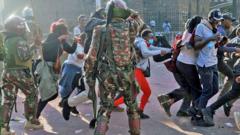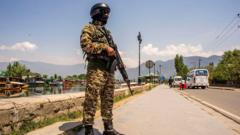The recent terrorist attack in Kashmir underscores the deep-rooted alienation experienced by its residents, contrasting sharply with the government's portrayal of the region as a tourist oasis thriving under development.
Kashmir's Dual Reality: Beauty Amidst Despair

Kashmir's Dual Reality: Beauty Amidst Despair
A tragic attack on innocent lives highlights the stark division of perception in Kashmir, reflecting both a tourist haven and a site of ongoing conflict.
Kashmir, long a disputed territory between India and Pakistan, has been thrust back into the spotlight following a terrorist massacre that left 26 individuals dead. The picturesque region, often lauded as a tourist paradise, is overshadowed by the harsh realities its inhabitants face amid stringent security measures and political disenfranchisement.
Since the Indian government tightened its hold on Kashmir in 2019, touting promises of economic growth and security, the narrative of the region has been painted with the brush of progress. Millions of tourists flock to its breathtaking landscapes, while local residents experience a contrasting reality defined by oppression and alienation.
The recent attack has only intensified these feelings, as the region's majority Muslim population faces the repercussions. Authorities' responses have included a sweeping crackdown on suspected assailants, with thousands interrogated and properties belonging to accused individuals destroyed—actions perceived by many as collective punishment rather than effective security measures.
Witnesses from the attack site recall the chaos and fear that ensued, drawing attention not only to the immediate human tragedy but also to the broader implications for Kashmir's social fabric. The government's narrative of development is met with skepticism as residents are left to grapple with the ramifications of living in a militarized zone, marking a stark divide between the picturesque image sold to tourists and the sorrowful truth experienced by the local populace.

